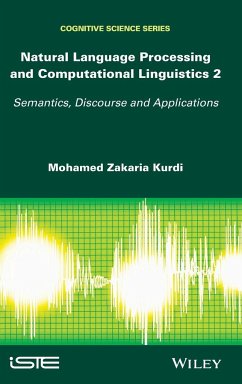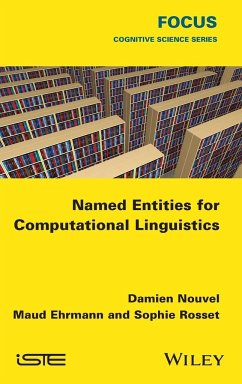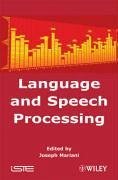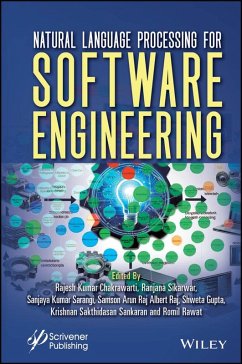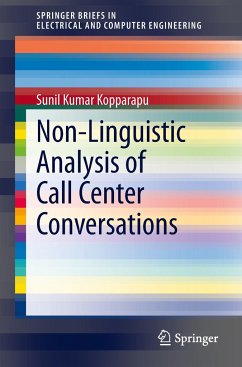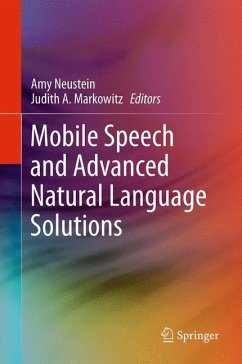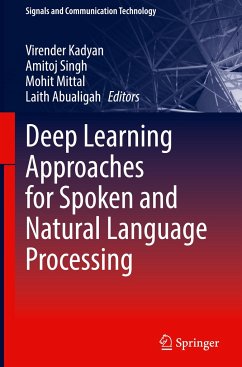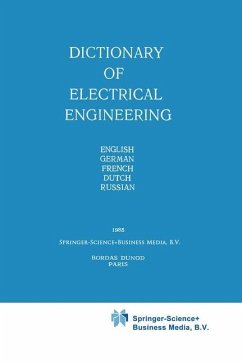Nicht lieferbar
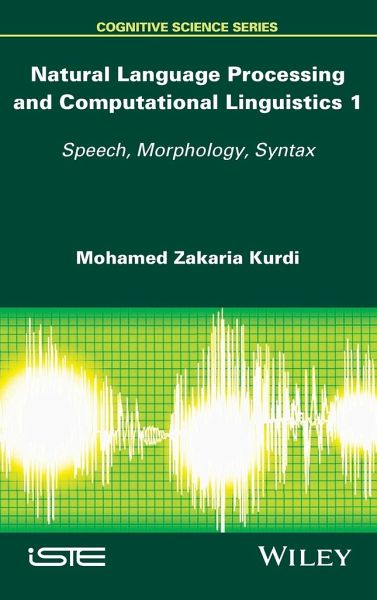
Natural Language Processing and Computational Linguistics
Speech, Morphology and Syntax
Natural language processing (NLP) is a scientific discipline which is found at the interface of computer science, artificial intelligence and cognitive psychology. Providing an overview of international work in this interdisciplinary field, this book gives the reader a panoramic view of both early and current research in NLP. Carefully chosen multilingual examples present the state of the art of a mature field which is in a constant state of evolution. In four chapters, this book presents the fundamental concepts of phonetics and phonology and the two most important applications in the field o...
Natural language processing (NLP) is a scientific discipline which is found at the interface of computer science, artificial intelligence and cognitive psychology. Providing an overview of international work in this interdisciplinary field, this book gives the reader a panoramic view of both early and current research in NLP. Carefully chosen multilingual examples present the state of the art of a mature field which is in a constant state of evolution. In four chapters, this book presents the fundamental concepts of phonetics and phonology and the two most important applications in the field of speech processing: recognition and synthesis. Also presented are the fundamental concepts of corpus linguistics and the basic concepts of morphology and its NLP applications such as stemming and part of speech tagging. The fundamental notions and the most important syntactic theories are presented, as well as the different approaches to syntactic parsing with reference to cognitive models, algorithms and computer applications.





